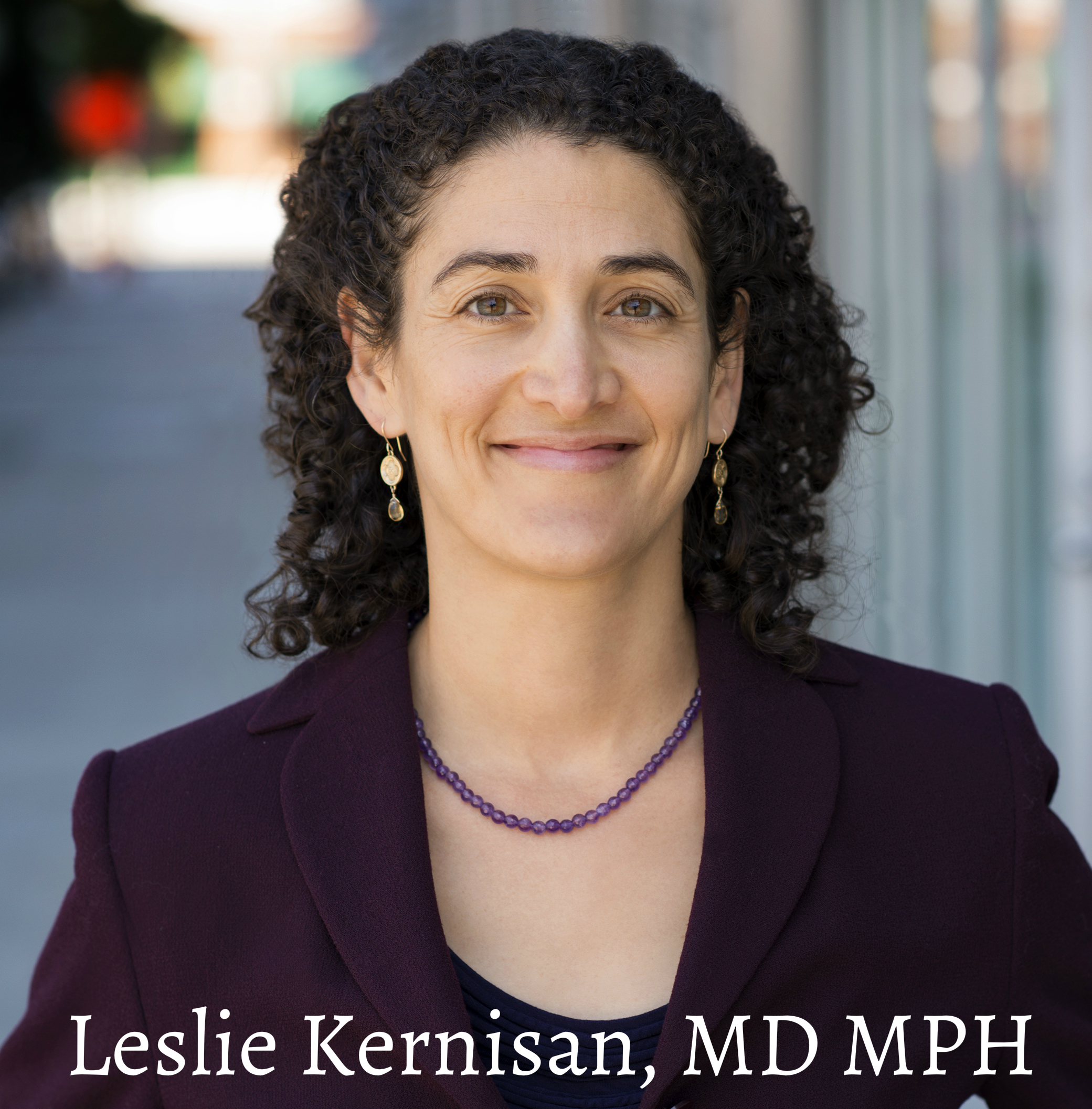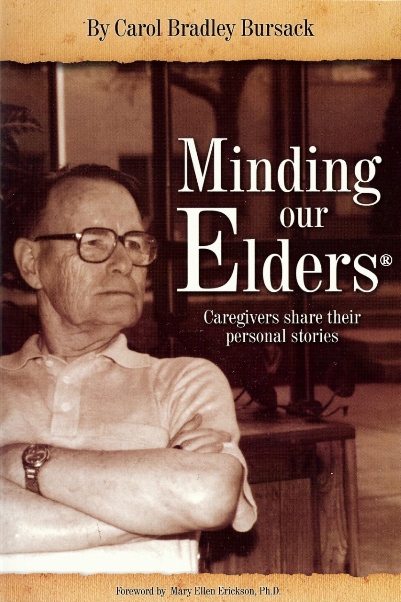How to Make Life Easier and Safer for Seniors with Low Vision
While most of us will not suffer from complete blindness, millions currently live with some form of visual impairment.
According to the National Eye Institute (NEI), older adults represent the majority of the visually impaired population in the United States. While vision loss later in life is common, it can be particularly difficult for seniors to accept and adapt to as other senses like hearing, smell and taste also tend to weaken with age. Use the following tips to ensure an aging loved one properly cares for their eyes and takes advantage of all resources at their disposal to help them remain active in spite of vision loss.
Keeping an Eye on Visual Health: One of the first steps to leading a safe and active life with impaired vision is understanding the degree and underlying cause of this loss.
The American Academy of Ophthalmology recommends individuals age 65 and older get a dilated medical eye exam every year or two, or as recommended by their ophthalmologist. During a routine eye exam, the ophthalmologist will evaluate a patient’s eyesight and assess the overall health and function of both eyes. Screening for new or worsening eye conditions…
Minding Our Elders: Caregivers Share Their Personal Stories. “I hold onto your book as a life preserver and am reading it slowly on purpose…I don’t want it to end.” …Craig William Dayton, Film Composer
Discover the Difference. EGOSAN – the Top-Rated incontinence brand from Italy. Now Available on Amazon.








